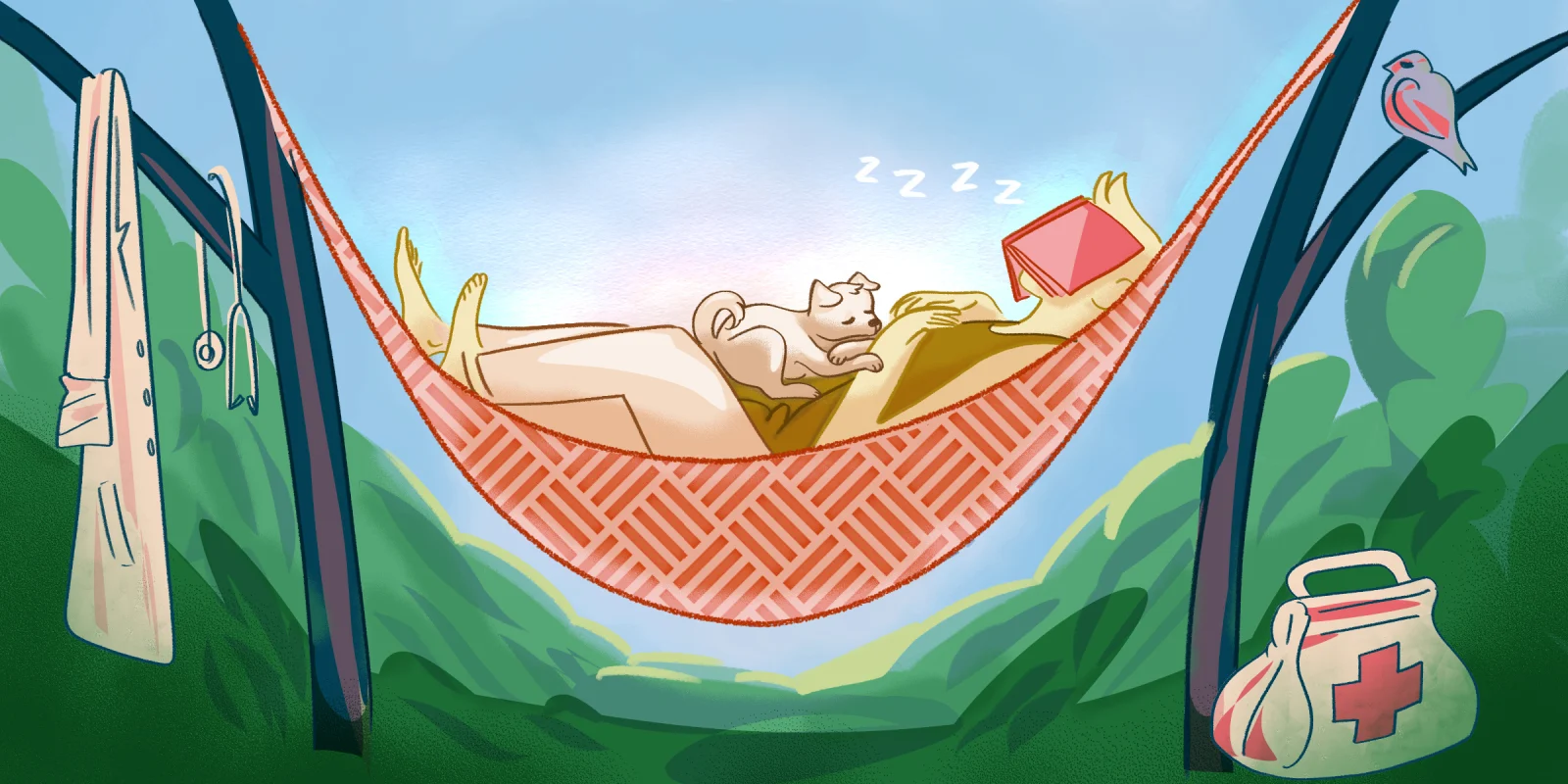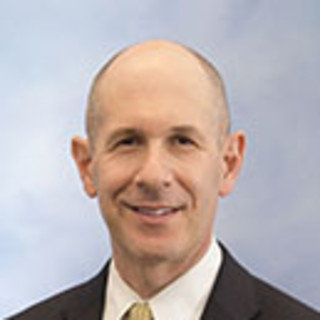Most clinicians would scoff at an interpretation of work-life balance to mean equal time spent at work and outside work. An equal percentage is mythical, impractical, and impossible. In a state of ideal balance, we would all be the best clinician, spouse, and parent we could be regardless of time spent. While we track patient complications and satisfaction, how do we measure our outcomes outside of work? We don’t survey our families, but maybe we should.
I didn’t realize how out of balance I had become until watching — of all things — a sports documentary. “Survive and Advance” chronicles the 1983 North Carolina State NCAA men’s basketball championship team, and I was well familiar with the story. I knew the head coach, Jim Valvano, was an entertaining and charismatic speaker, but I had never heard a particular monologue about his father’s influence. “My father gave me the greatest gift you could give another person,” Valvano said. “He believed in me!” It was a simple point, but I sat there, stunned. I could not honestly say that my son would feel the same way about me. How could I be the best father I could if I was not giving my son “the greatest gift?”
Maintaining balance requires a separation between work and home. This separation has both a physical and mental component. Over time, the physical boundaries may remain distinct, but the mental ones begin blurring as the pace and pressures of work increase. With rising patient loads and frequent call, we act and react faster and faster, seeing one patient but thinking about the next 4–5 patients waiting outside. The increased speed may help us successfully navigate a hectic workday, but the faster we go, the more difficult it is to decelerate. Slowing down requires self-control and added exertion, but energy levels become depleted under the strain of overbooked days, making it difficult to slow down and focus, especially at home.
I still envisioned being the best clinician, husband, and father I could, but I realized I would never achieve any semblance of balance at the pace I was going. If I were to ever give my son, or my other kids, the gift Coach Valvano savored, I would need to simplify and slow down. The change would need to be more substantial than adding yoga or meditation to ground myself. I ultimately switched to a new practice. With lower patient volumes and less frequent call, I finally had the time and energy to think slower.
Speed and balance will always be opposing forces. Slowing down allows us to recognize and appreciate other components of the work-life balance equation, such as fulfillment, happiness, and purpose. I always felt happy at home, but I have now found myself more in the moment with the energy to focus and listen without immediate judgment. I realized my son and I were wired differently, which led to me being overly critical. Slowing down allowed me to see beyond our differences and appreciate his strengths. I became more supportive and less reactive.
I now see fewer patients and generate fewer work RVU’s, but my career is much more gratifying. I am no longer preoccupied with the 4–5 patients waiting to see me because they are no longer there. Patients have commented, on occasion, of how appreciative they are of the extra time I spent with them, something that rarely happened before.
Balance is fluid and shifts daily. Being a clinician will always stress the work-life balance. The definition and variables also shift over time, depending on goals and stage of life. When the work-life pendulum swings out of harmony, it is frequently the family component that suffers. If you want to analyze the long-term outcome and impact of your work-life balance, there is a simple test. Ask yourself how would you be evaluated if viewed through Coach Valvano’s “gift of belief” prism? Patients believe in us to provide the best and most compassionate care we can, but what about the personal side of the equation? Most of our kids will never win any NCAA championships, but we still want to set them up for success. How would your kids remember or reflect on your influence?
Even with this improved balance, we still might not spend as much time at home as we would like, and the stresses of work will still come home with us. Balance can be defined by time spent at work or out of it, but the quality of that time is more critical. Offering material gifts can attempt to compensate for lack of balance, but those won’t change the long-term survey results.
My work-life balance is significantly better than it used to be. How do I know? The response to Coach Valvano’s “gift of belief” survey has changed, and more importantly, my kids know it. There are many gifts I have given and will continue to give my kids over the years. I believe this one is by far the greatest.
How would you rate your work-life balance? How would those close around you rate it? Share your thoughts with your colleagues below!
Dr. Greenberg is an otolaryngologist-head and neck surgeon. He is a husband, father of three, physician, funtrepreneur, wellness advocate, and burgeoning writer.
Illustration by April Brust







